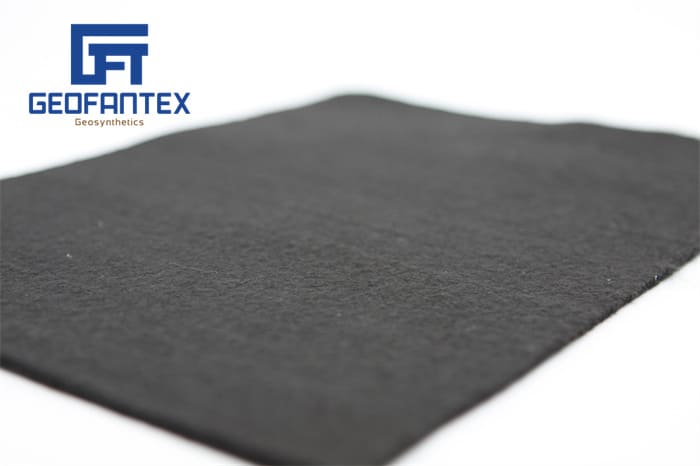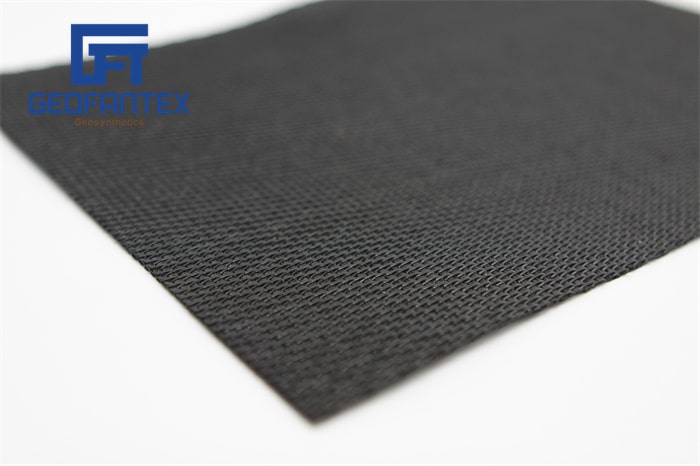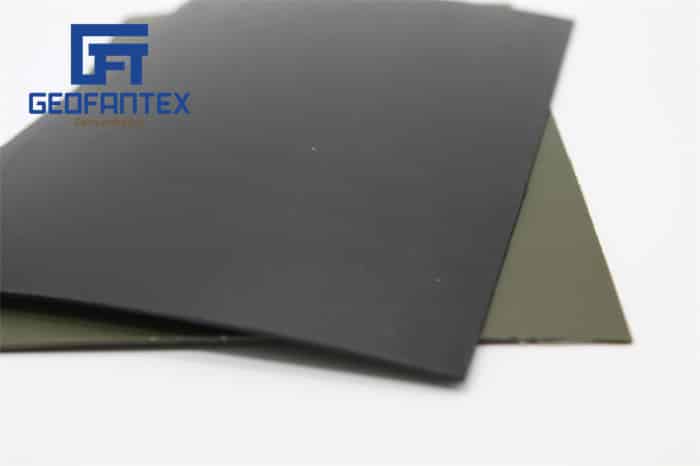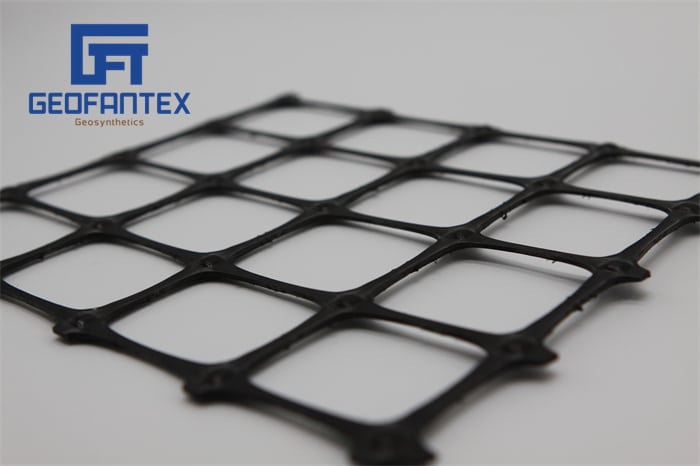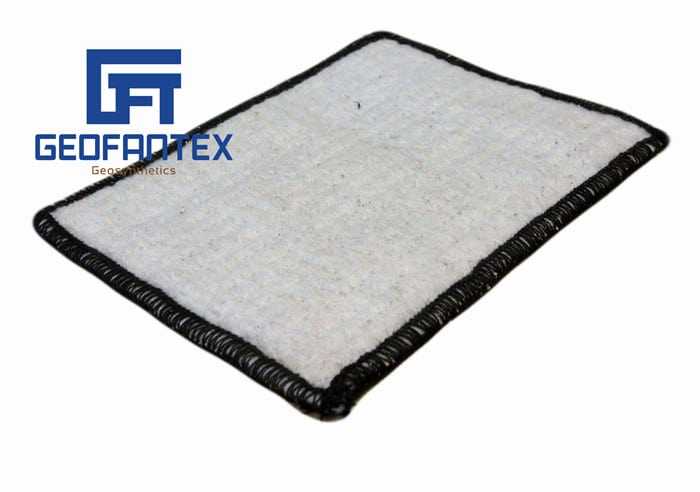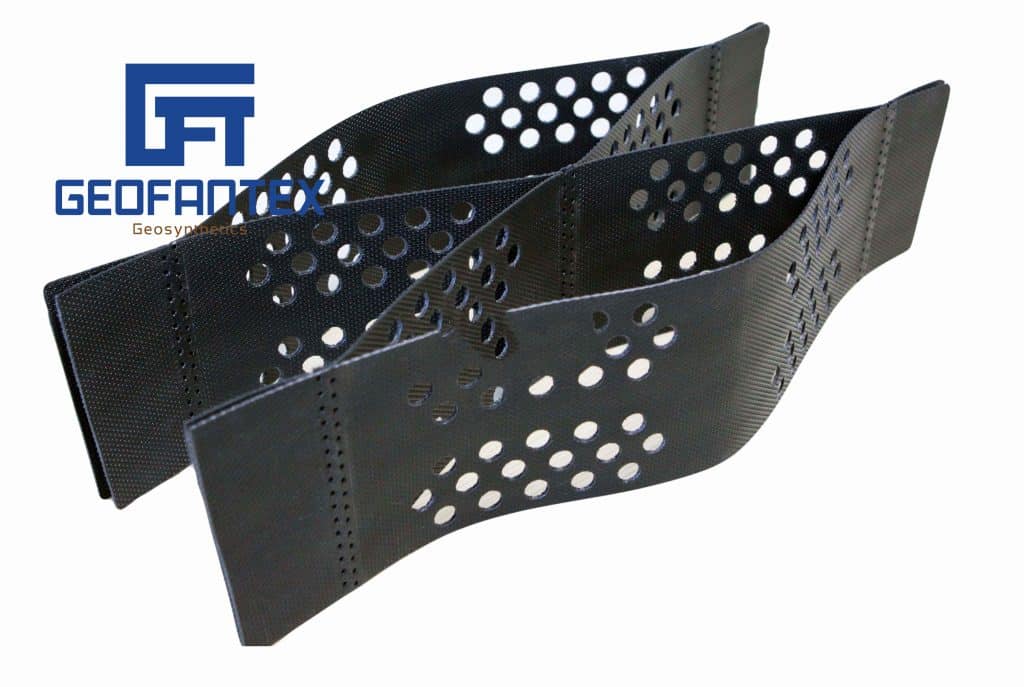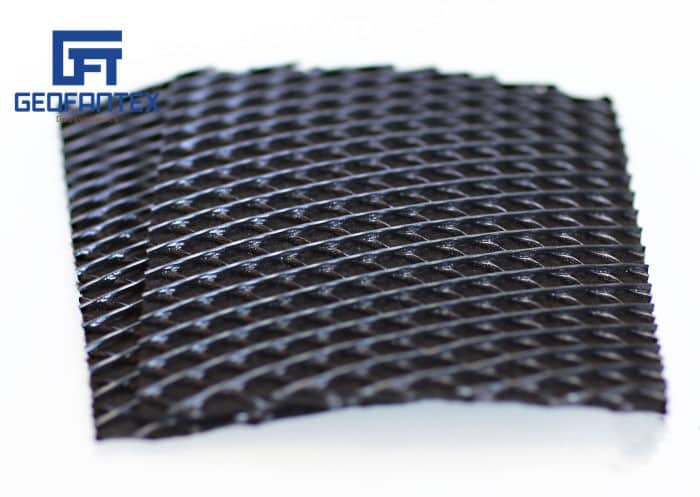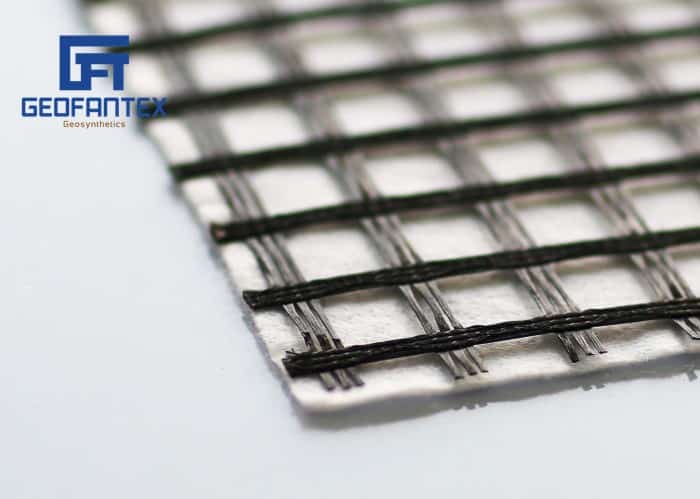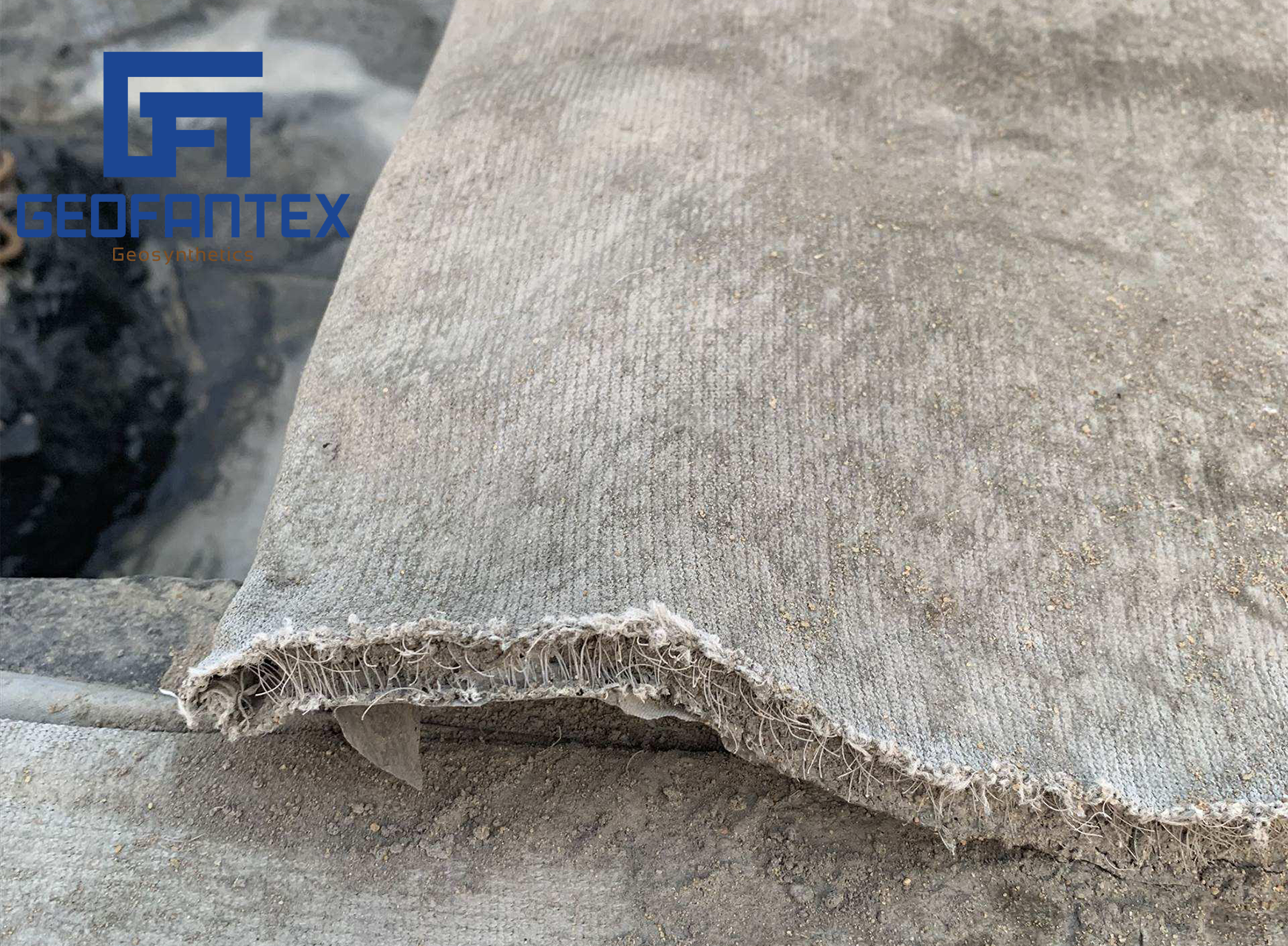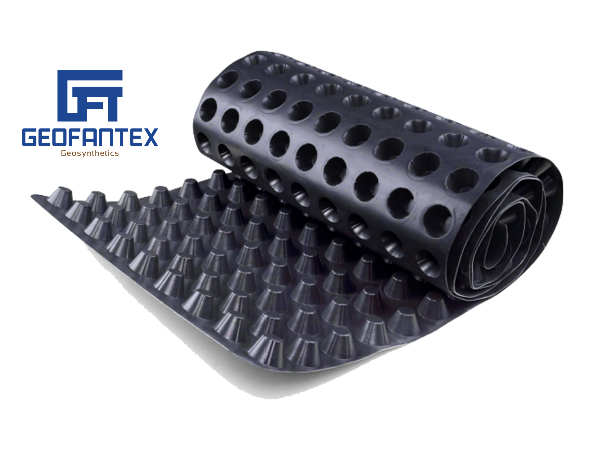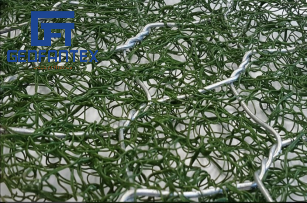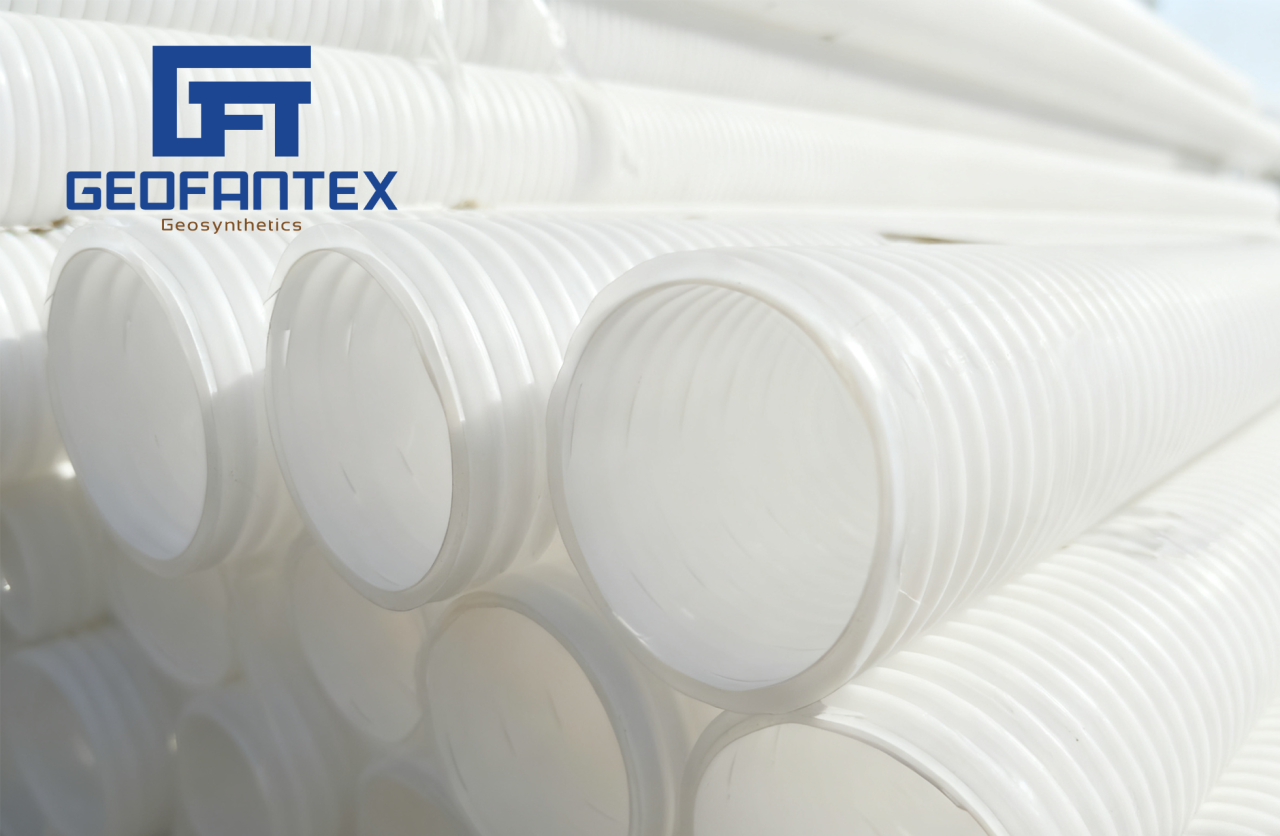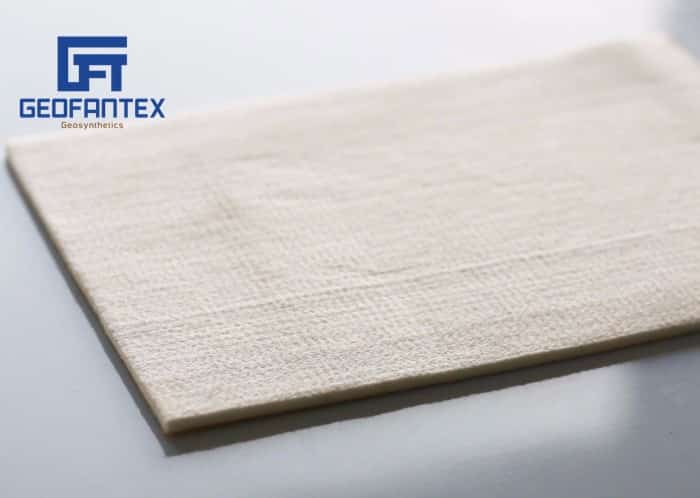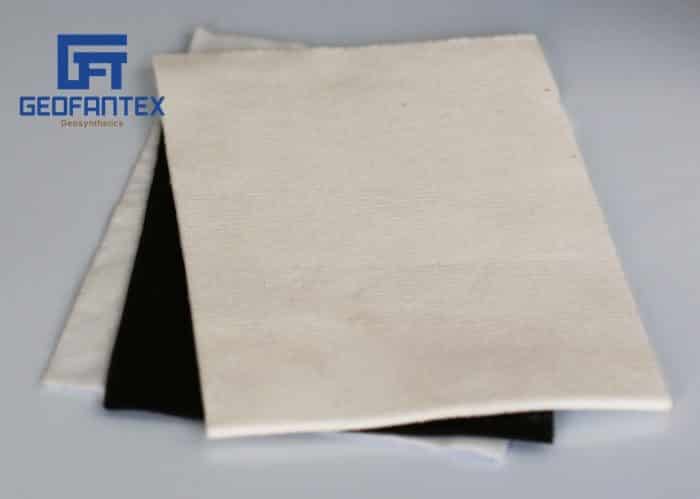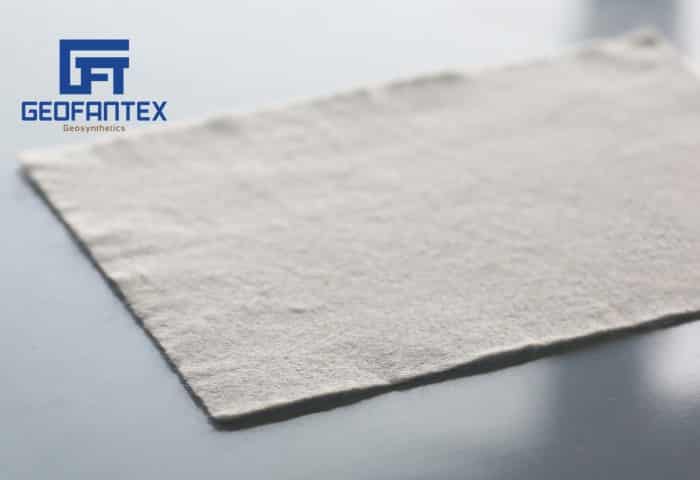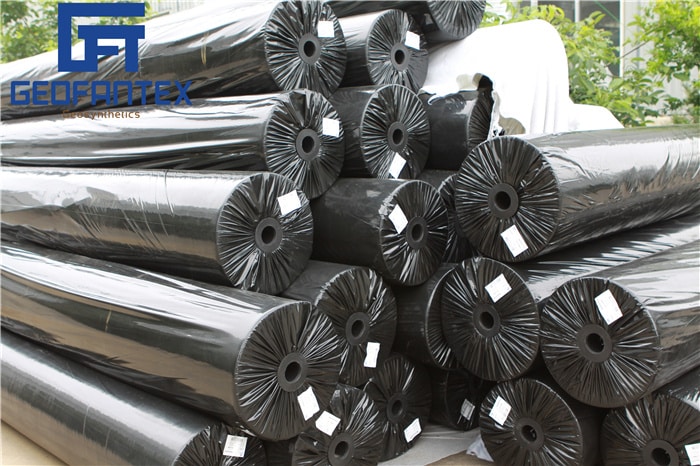+86-159 9860 6917
info@geofantex.com
geofantex@gmail.com
+86-400-8266163-44899
Geosynthetics play a crucial role in modern construction and civil engineering projects, and one application where they are particularly beneficial is in the use of geocell walls. A geocell wall is a versatile solution for soil stabilization, erosion control, and structural reinforcement in various civil projects. In this article, we’ll explore the key aspects of geosynthetics, focusing on the applications, benefits, and best practices for using geocell walls.
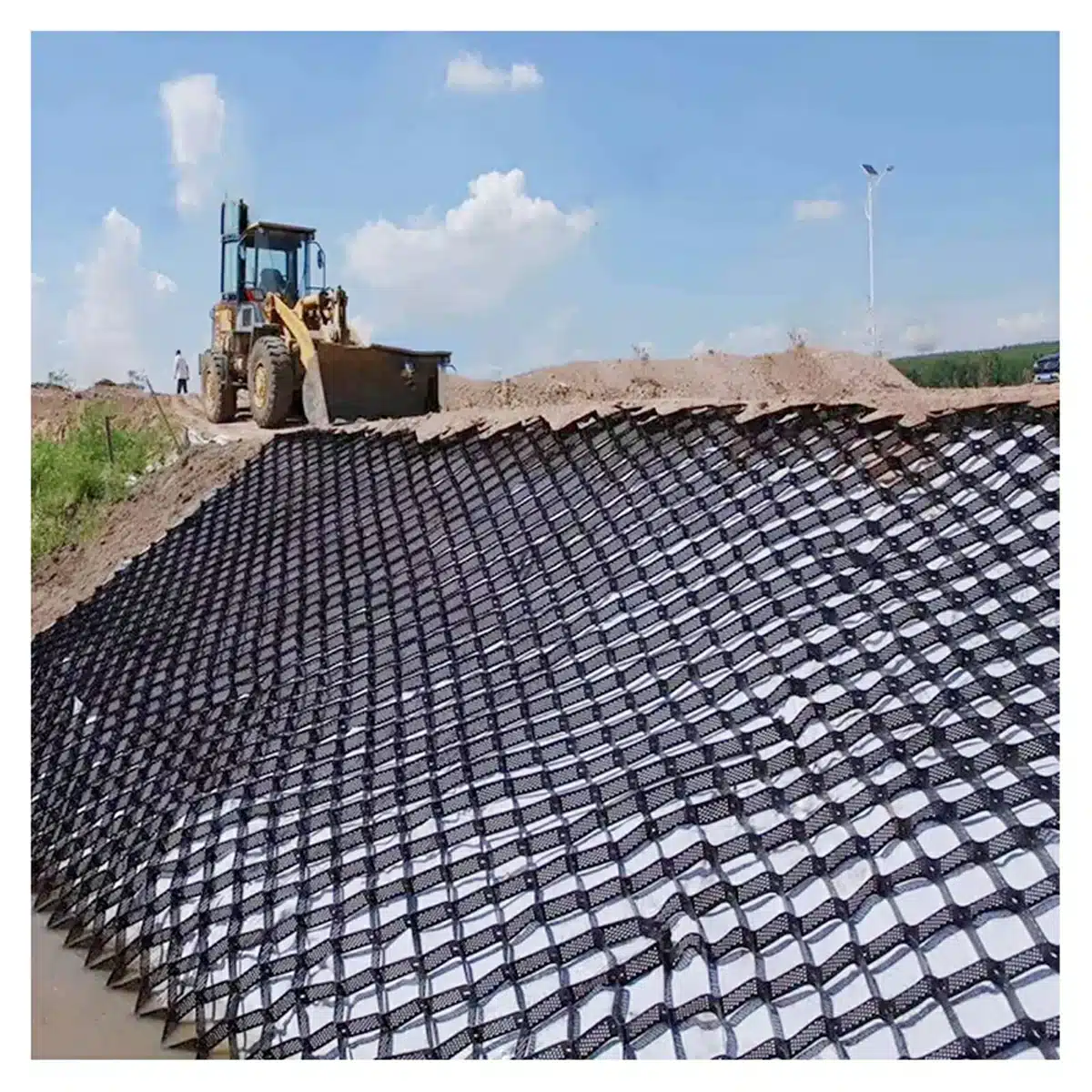
What is a geocell wall, and how does it work?
A geocell wall is a retaining or stabilization structure made from geocells—3D honeycomb-like grids filled with soil or gravel. It works by:
- Confinement: The cells restrict lateral movement of infill material, enhancing stability.
- Load Distribution: It spreads loads evenly, reducing stress on the soil.
- Erosion Control: Prevents soil erosion on slopes.
- Flexibility: Adapts to ground movement, making it durable.
Used for retaining walls, slope stabilization, and erosion control, geocell walls are lightweight, cost-effective, and easy to install.
What are the key benefits of using geocell walls in construction?
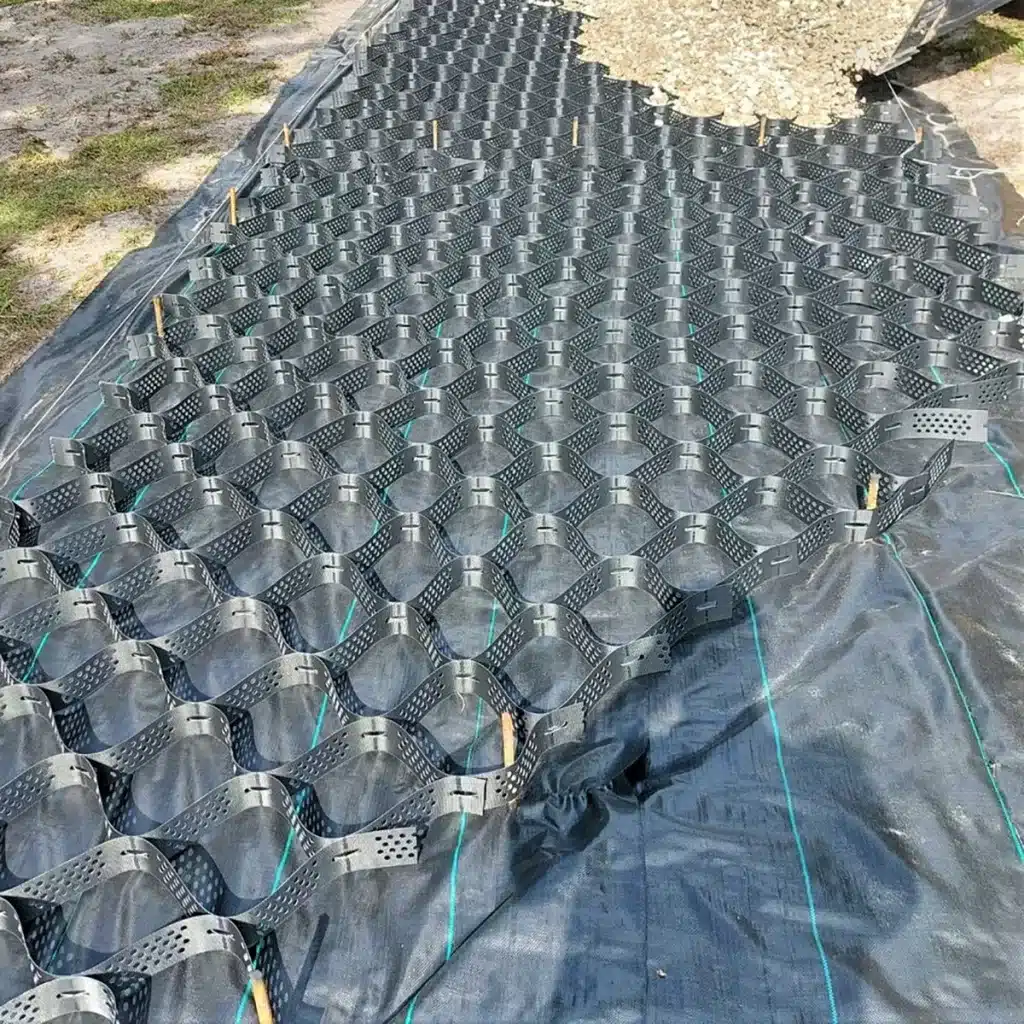
Geocell walls offer several notable benefits, including:
- Soil stabilization: The interconnected cells of the geocell prevent soil erosion and provide structural support, making them ideal for slopes, embankments, and retaining walls.
- Environmental sustainability: Using geosynthetics like geocell walls reduces the need for traditional concrete or steel materials, minimizing the carbon footprint of construction projects.
- Cost-effectiveness: Geocell walls can be more affordable than traditional walls because they require less material and labor for installation, and they are easier to transport and handle.
- Flexibility: Geocell systems can be customized to different site conditions, offering adaptable solutions for varying soil types, environmental challenges, and load requirements.
How do geocell walls compare to traditional retaining walls?
While traditional retaining walls (such as concrete or stone walls) are durable, they often require significant material resources, heavy machinery, and high labor costs. Geocell walls, on the other hand, are lighter, easier to install, and typically less expensive. Additionally, geocell walls are better suited for sites with challenging soil conditions or where environmental concerns, such as erosion control, are a priority. The flexibility of geocell systems allows them to adapt to the natural landscape more easily than rigid traditional retaining walls, which can sometimes cause more disruption to the environment.
What are the best practices for installing geocell walls?
To ensure optimal performance and longevity, here are a few best practices for installing geocell walls:
- Proper site preparation: Clear the area of debris and ensure proper drainage to prevent water accumulation behind the geocell wall, which could weaken the structure over time.
- Soil selection: Choose the appropriate soil or aggregate to fill the geocells. It’s crucial that the material within the cells is compacted properly to maximize the wall’s strength and stability.
- Layering system: For larger walls, consider using a multi-layer system to achieve the desired height and stability. Ensure that the layers are properly interlocked to avoid shifting under pressure.
- Quality materials: Use high-quality geocell products that are UV-resistant and designed for the specific environmental conditions of your site.
In conclusion, geocell walls are an effective and sustainable solution for a range of civil engineering projects. By utilizing geosynthetics, such as geocells, companies can achieve soil stabilization, reduce environmental impact, and provide cost-effective solutions to challenging construction problems. With proper installation and material selection, geocell walls can offer long-lasting results for retaining walls, slope stabilization, and erosion control.
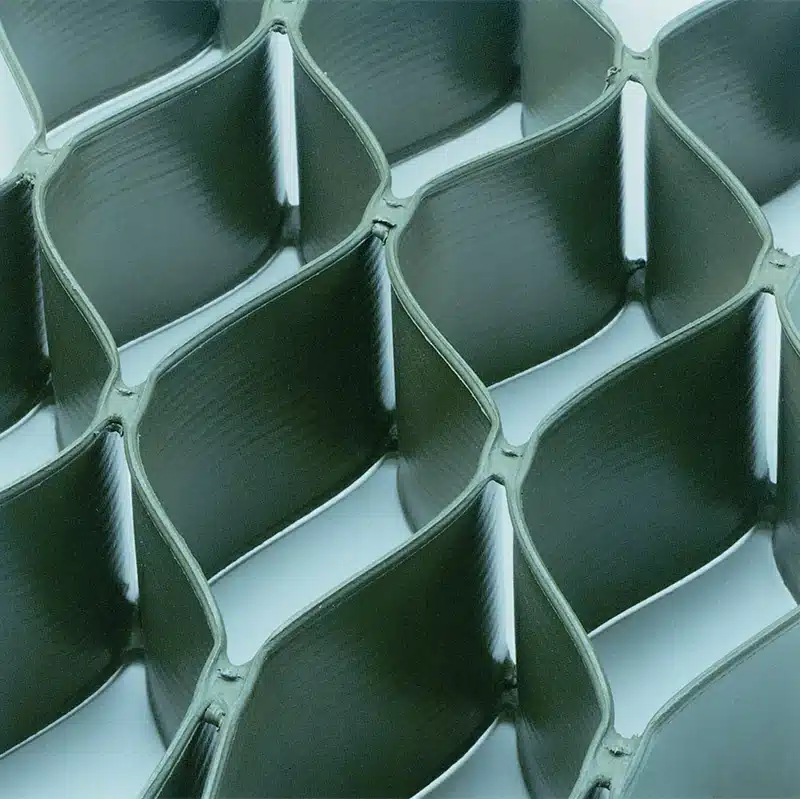
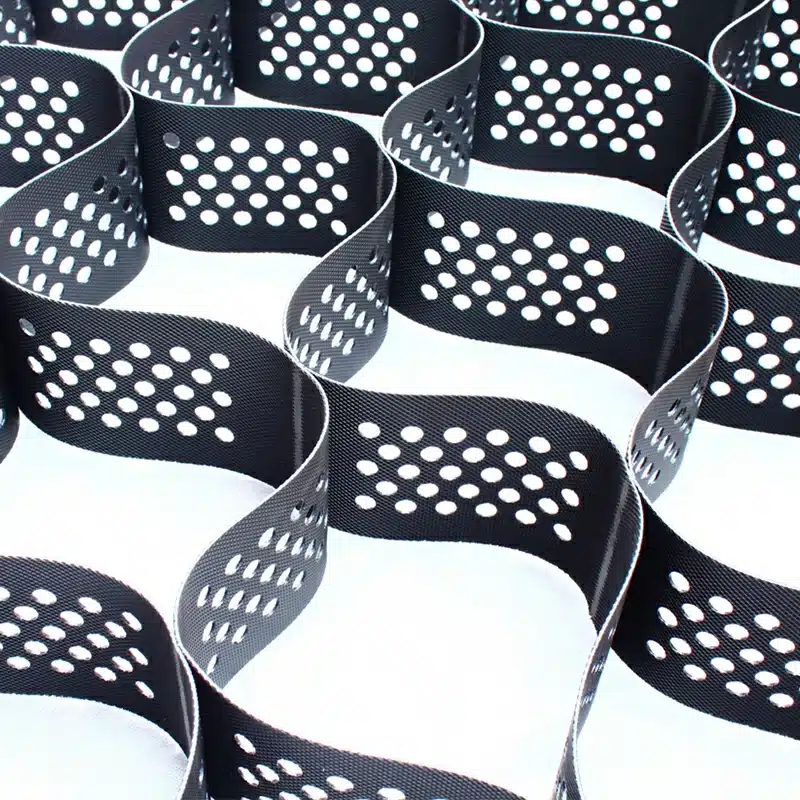
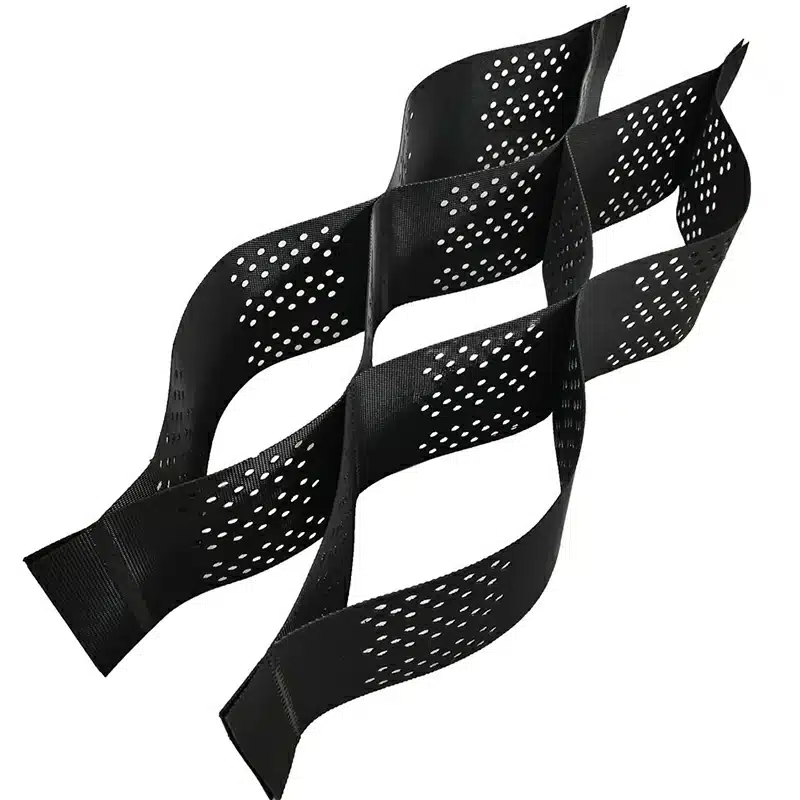
Get Free Sample
We’ll respond as soon as possible(within 12 hours)

